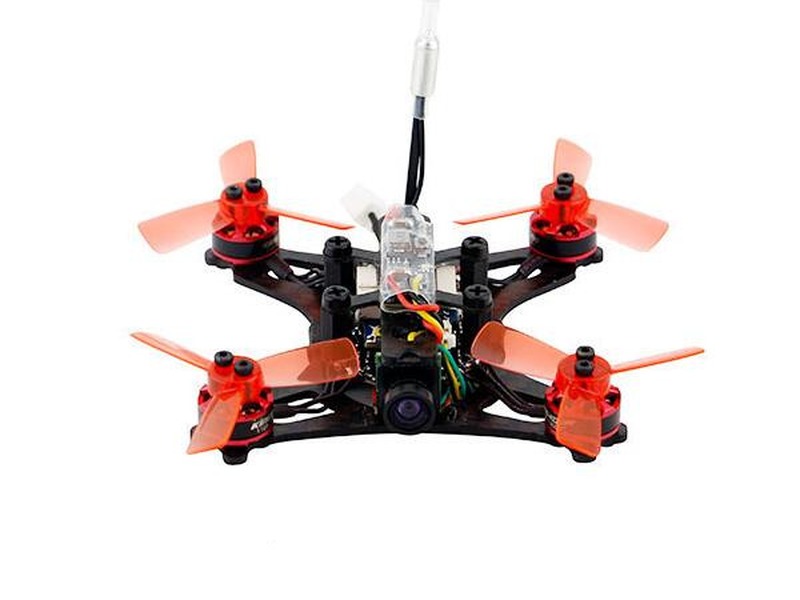Can a quadcopter carry a person?

No, a quadcopter cannot carry a person. Quadcopters are small, lightweight drones designed to perform aerial maneuvers and capture footage from the sky. They are not meant to lift heavy payloads and are not capable of safely carrying a person.
Quadcopters are typically powered by four rotors, arranged in a square formation. Each rotor produces thrust which, when combined, allows the quadcopter to ascend, descend, and maneuver in any direction. The motors used in quadcopters are not powerful enough to lift a person’s weight. Additionally, the rotors of a quadcopter are not designed to support the weight of a person. The stress placed on the frame and rotors of a quadcopter from the added weight of a person could cause the drone to fail and crash.
In addition to being unable to lift a person, quadcopters are not designed to be used as a form of transportation. They are meant to be used for recreational purposes such as aerial photography and videography. Quadcopters are not built to fly long distances, and therefore are not suitable for transporting people. Furthermore, quadcopters are not equipped with the necessary safety features that would be needed to transport a person.
There are larger drones, such as octocopters, that are designed to carry passengers. These drones are typically much larger than quadcopters and are equipped with more powerful motors. They also have additional features such as an enclosed cabin, seatbelts, and a parachute system. However, these drones are not yet commercially available and are only being used for research and development purposes.
In conclusion, a quadcopter cannot carry a person due to its size, weight, and lack of safety features. Larger drones, such as octocopters, are being developed for the purpose of transporting people, but these drones are not yet available to the public. Until such drones become commercially available, quadcopters will not be capable of safely transporting a person.
Comments / Question
2. Mechanical failure: Quadcopters are powered by motors and other mechanical components. If any of these components fail, it could lead to a crash and potential injury or death.
3. Weather conditions: Quadcopters are sensitive to weather conditions such as wind, rain, and snow. If the weather is too severe, it could lead to a crash and potential injury or death.
4. Battery failure: Quadcopters are powered by batteries. If the battery fails, it could lead to a crash and potential injury or death.
5. Overloading: Quadcopters are designed to carry a certain amount of weight. If the quadcopter is overloaded, it could lead to a crash and potential injury or death.
2. Add additional motors and propellers to ensure the additional weight can be carried safely.
3. Reinforce the frame to provide greater strength and stability.
4. Include a seat and harness system to safely secure the person.
5. Install larger and higher capacity batteries to provide sufficient power for the additional weight.
6. Upgrade the flight controller and navigation system to meet the demands of carrying a person.
7. Include sensors and equipment to monitor the conditions and prevent stalls or dangerous situations.
8. Install an emergency parachute system for the safety of the rider.

